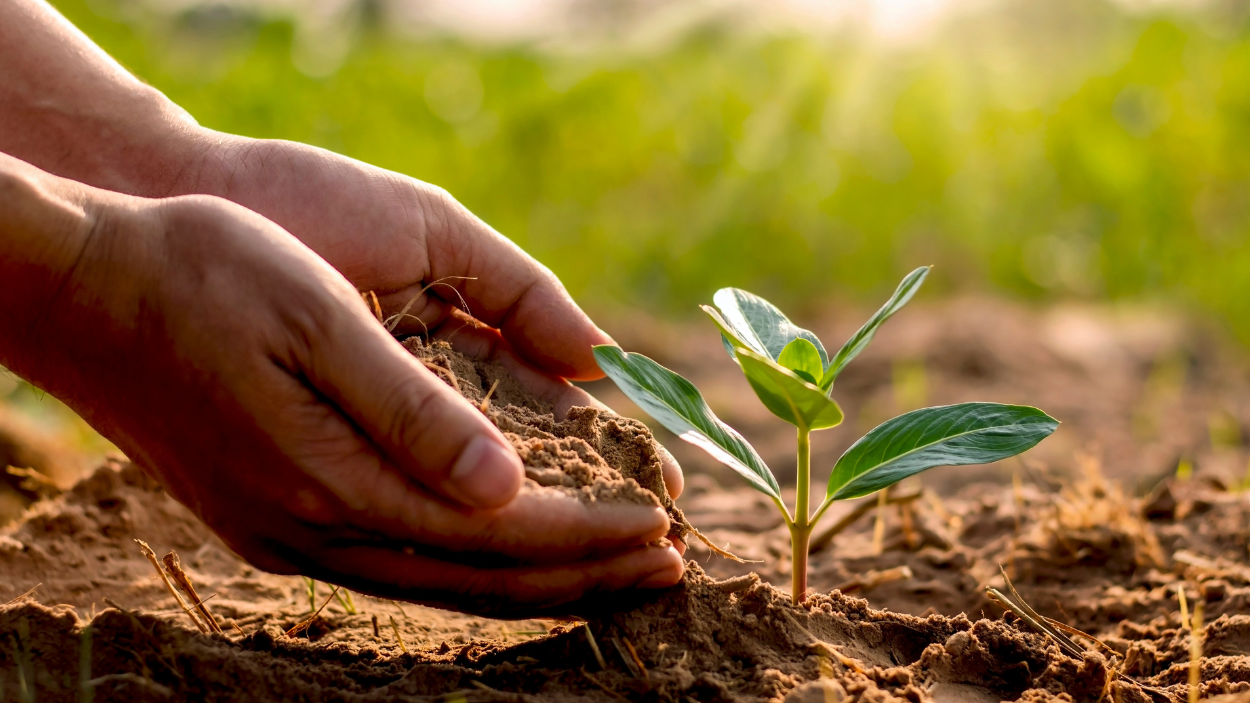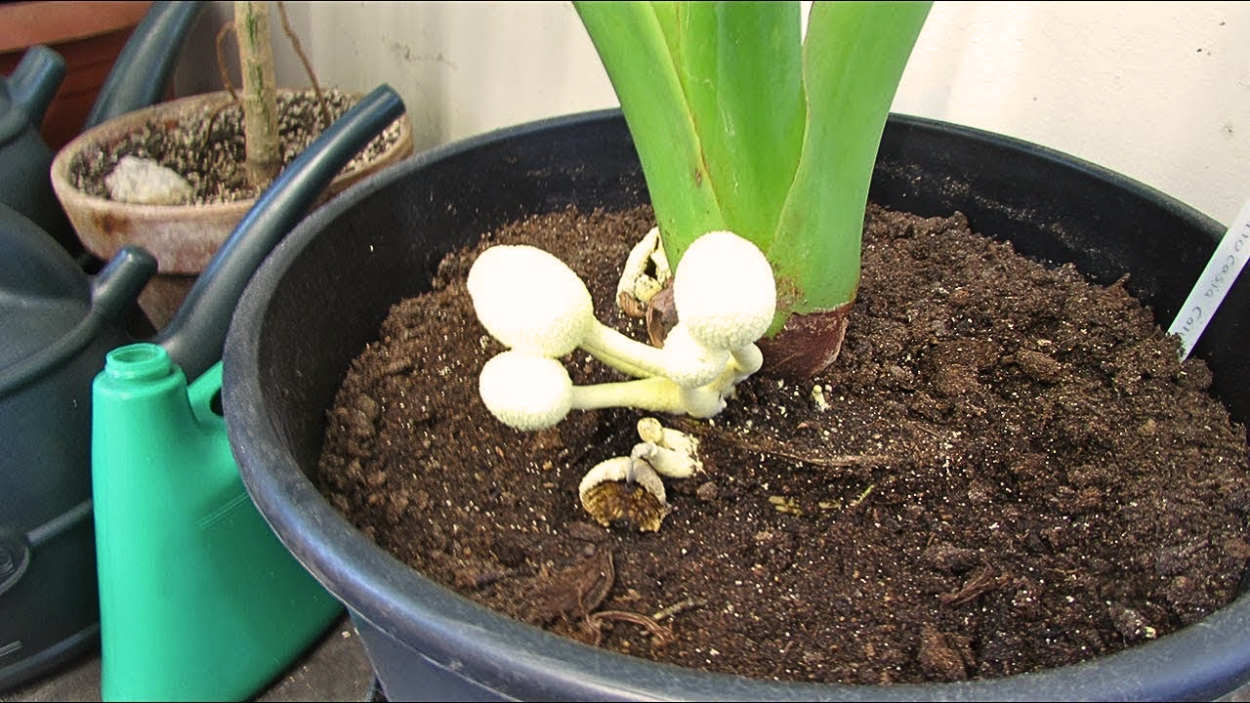The three basic categories of soil are silt, clay, and sand. These soil types can be recognized by their moisture retention, texture, and flexibility, in addition to their size characteristics, and flexibility, in addition to their size characteristics. How they support the three growth components of water, nutrients, and oxygen differs significantly across each type.
What to Consider When Choosing the Best Soil for Raised Beds
1. Texture
The texture of the soil is important for the growth of your plants. Soil that is too heavy or compact can limit root growth and make it difficult for plants to absorb water and nutrients. Soil that is too sandy may not retain enough moisture. Look for soil that has a balance of sand, silt, and clay to provide good drainage and moisture retention.
2. Nutrient content
Plants require a variety of nutrients to grow, including nitrogen, phosphorus, and potassium. Look for soil that is rich in organic matter and has a balanced nutrient content. Consider adding compost or other organic fertilizers to the soil to provide additional nutrients.
3. PH level
The pH level of the soil can affect the availability of nutrients to plants. Most plants prefer slightly acidic soil with a pH between 6.0 and 7.0. Test the soil pH before planting and adjust it as needed.
Our Top Picks
Our recommendations for the best soils
1. Good Earth Organics, Gaia's Gift Premium Potting Soil
Product Summary:
Advantages | Disadvantages |
|
|
Good Earth Organics is a company that produces all-natural, organic gardening products. Their Gaia's Gift Premium Potting Soil is a lightweight, well-draining potting mix that is used to start seeds or propagate plants. It is made from coco coir, pine bark, earthworm castings, and perlite. These are all-natural, organic ingredients that help provide drainage and aeration for roots. The soil has a loose, crumbly, and fluffy texture that is perfect for starting seeds and filling small containers.
Product Specifications:
Brand | The Good Earth Organics |
Style | Peat Moss, Potting |
Item Volume | 5 Gallons |
2. Vermont Compost Company Fort Vee – Organic Potting Soil Mix
Product Summary:
Advantages | Disadvantages |
|
|
The Vermont Compost Company Fort Vee organic potting soil mix is another high-quality, all-purpose potting soil. It is made from composted cow manure, coco coir, and perlite. The manure provides rich, organic matter while the coir and perlite improve drainage and aeration. This creates a lightweight yet nutrient-rich potting mix. It is suitable for a wide range of plants. The balanced, all-purpose formula works well for seed starting, transplanting, potting up, and soil conditioning. It supports vegetables, flowers, houseplants, herbs, trees, and more.
Product Specifications:
Brand | Vermont Compost Company |
Style | Garden, Peat Moss, Potting, Potting Soil Mix, Soi |
Item Volume | 20 Quarts |
3. Coast of Maine Castine Blend Organic Raised Bed Soil Mix
Product Summary:
Advantages | Disadvantages |
|
|
Coast of Maine Castine Blend organic raised bed soil mix is specifically designed for raised garden beds. Made from composted cow manure, vermiculite, coco coir, and perlite. These ingredients create a lightweight yet nutrient-rich mix ideal for raised beds. The manure provides organic matter and fertilizer while the vermiculite, coir, and perlite improve drainage, aeration, and moisture retention. The coir and vermiculite help retain adequate moisture and humidity for plant health while allowing for good drainage and preventing root rot. Plants get the water they need without standing in water.
Product Specifications:
Brand | Coast of Maine |
Style | Soil Mix |
Item Volume | 3 Liters |
4. Brut Super Soil Potting Mix – 21 Quarts – Rich
Product Summary:
Advantages | Disadvantages |
|
|
Brut Super Soil is an all-purpose, nutrient-rich potting mix. Some key
It is organic, natural and sustainable. No synthetic chemicals, GMOs or dyes are used. The pine bark is a byproduct of sustainable forestry practices. It is composted using renewable, eco-friendly methods. It is highly fertile and promotes vigorous plant growth. The blend of pine bark, castings and other ingredients creates a nutrient-dense mix that encourages healthy root systems, lush foliage and abundant flowering/production. Plants thrive in this super-fertile soil.
Product Specifications:
Brand | Brut Worm Farms |
Style | Garden, Peat Moss, Potting Mix |
Item Volume | 21 Quarts |
Frequently Asked Questions
1. Does the soil in my raised bed have to be added to the top?
You can start over with fresh, nutrient-rich soil and organic matter when you install a raised garden bed. It only seems logical to me to fill the raised bed, from bottom to top, with excellent organic matter that will nourish the plants that and provide you with food if you have already gone through the trouble and expense of building a raised bed.
2. What's the difference between garden soil and raised bed soil?
These are all cultivable soils. Raised bed dirt, on the other hand, holds onto moisture and nutrients longer than garden soil, allowing plants to grow and develop healthily in a secure setting.
3. Do my raised garden beds need to be composted?
After each planting period, you should dig the soil and add nutrients so that the plants can grow. At the end of the growing season, fill the soil in your raised beds with 1 to 4 inches of compost or compost you purchased. Mix it into the existing soil so the nutrients seep into the bed.
Final Thought
Based on the results of our long-term product research. Hope you will find the best soil for your raised garden bed through our above article








